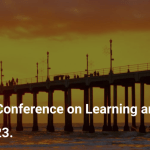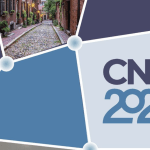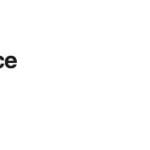Stefania and Dasa have a new paper published in the Journal of neuroscience.
Ashby, S. R., & Zeithamova, D. (2022). Category-biased neural representations form spontaneously during learning that emphasizes memory for specific instances. Journal of Neuroscience, 42(5), 865-876.LINK
Abstract:
Category learning, learning to sort a set of stimuli into categories or groups, can induce category biases in perception such that items in the same category are perceived as more similar than items from different categories. To what degree category bias develops when learning goals emphasize individuation of each stimulus and whether the bias emerges spontaneously during learning itself rather than in response to task demands is unclear. Here, we used functional MRI (fMRI) during encoding to test for category biases in neural representations of individual stimuli during learning. Human participants (males and females) encountered face-blend stimuli with unique first names and shared family names that indicated category membership. Participants were instructed to learn the full name for each face. Neural pattern classification and pattern similarity analyses were used to track category information in the brain. Results showed that stimulus category could be decoded during encoding across many frontal, parietal, and occipital regions. Furthermore, two stimuli from the same category were represented more similarly in the prefrontal cortex than two stimuli from different categories equated for physical similarity. These findings illustrate that a mere presence of category label can bias neural representations spontaneously during encoding to emphasize category-relevant information, even in the absence of explicit categorization demands and when category-irrelevant information remains relevant for task goals.



Comments by Min